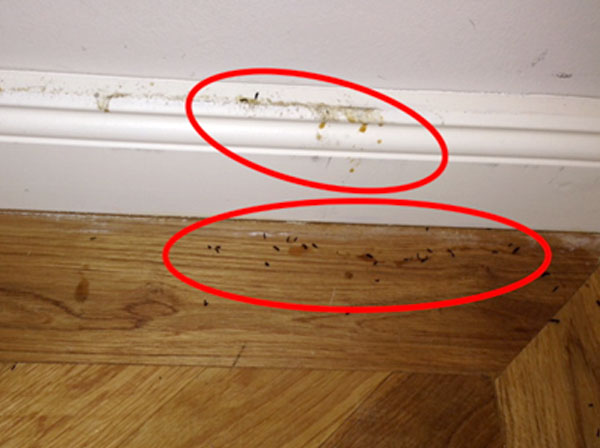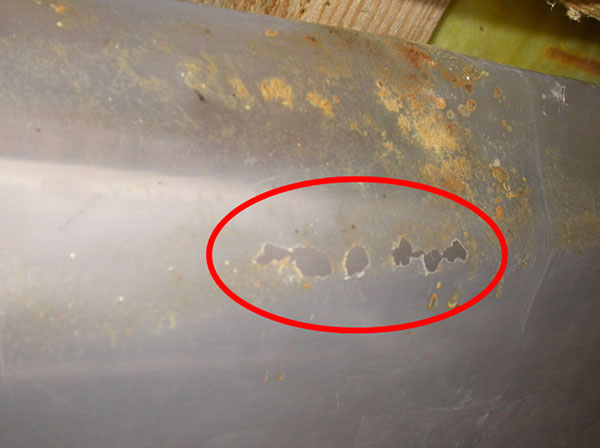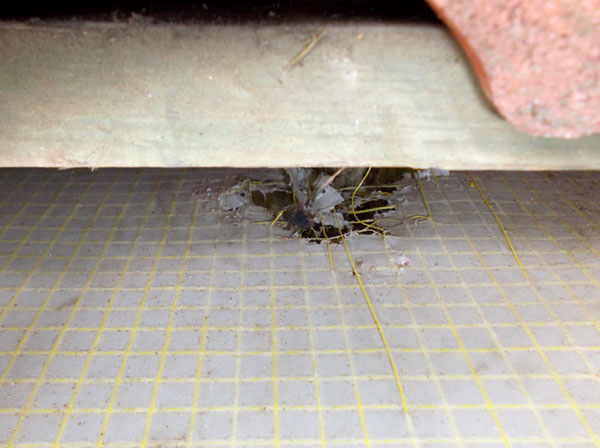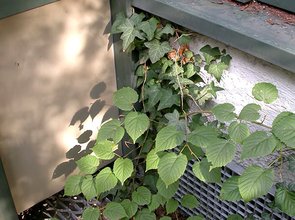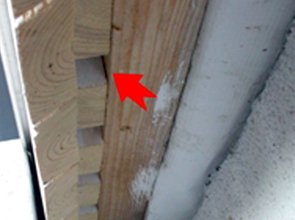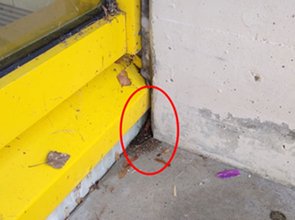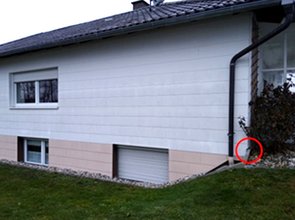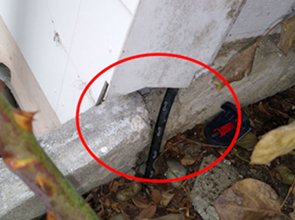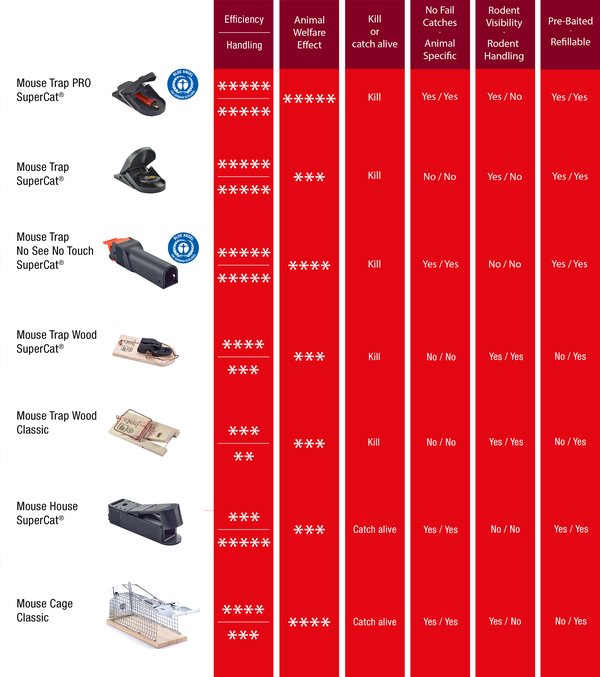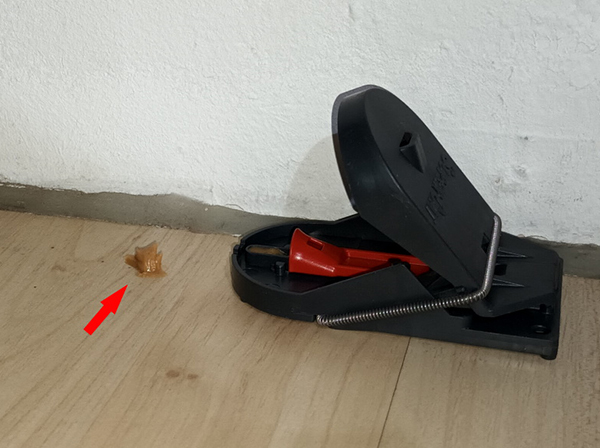Mainly nocturnal activity to avoid predation. Wood mice are excellent climbers jumpers and swimmers. They can jump vertically up to 45cm.
Wood mice live mostly in burrows. The burrow is about 50cm underground and usually has several entrances, a nesting chamber and several storage chambers. The nesting chamber is slightly larger than the animal and cladded with soft materials like moss, leaves and fibres. Indoors, nests are padded with soft materials like shredded paper, textiles, hair etc. Sometimes, nests are found in nesting boxes for birds or dormice. They also like to use mole or vole tunnels. Often nests are built under the roots of trees or bushes to be safe from wild boars. When they have babies, females close the entries with stones, leaves and twigs before leaving the burrow. Good and safe burrows are used over generations. In winter, nests are populated by several individuals, but when breeding season starts each animal occupies its own territory. Nest Location: Less than 20m from food source. Wood mice are known for their mobility. They can travel up to 1200m in one night.
The territory of a male ranges over several female territories. A male territory can be up to 3000sqm, a female territory 100-200sqm.
Wood mice like to gnaw in different places and often. Small amounts of food are ingested in different places. Not only food but also other materials are gnawed (building materials, Styrofoam, wood, paper, cables). They collect food and carry it to safe hiding places to eat under cover. Food is stored inside the burrow and in the surroundings. Forgotten or lost food stores play a major role in the expanding of crop trees and other food plants.
As many rodents, wood mice have reduced ability to recognize colours, but have excellent night view. They can see infrared light, such as coming from trail cameras for instance.
Wood mice do have a magnetic sense and can find the most direct way back to their nests, even over long distances. Important point when you trap wood mice alive. Release them not closer than 5km from your home. Wood mice do long migrations according seasons between summer territories (hedges, grassland) and winter territories (woodland or houses). In the dark, they orientate by whiskers and body hair along walls and other vertical surfaces and follow their urine scented traces and smear marks. Outdoors, wood mice also place twigs and leaves on their runways as landmarks for better orientation.

Dark and smelly smear marks on strongly frequented mouse runway across wall and cable.
Outdoors, population density is related to abundance of tree crops and may vary from 1-100 individuals per hectare.
Wood mice are an important food source for many predators: owls, raptor birds, martens, foxes, cats, weasel, stoats, snakes etc. When caught by the tail by a predator, the skin rips off easily and the mouse may escape (tail autonomy). This trick works only once, the skin does not recover, instead the skinned part dries out and falls off. But normally, the tail is used for climbing, balancing and when standing on the hind legs.
They do not hibernate and are active in winter. But when conditions are very bad, they can fall into a torpor (all vital functions reduced to minimum).
Wood mice have excellent hearing and are sensitive to ultrasonic sound. During courtship, males sing ultrasonic songs for the female. Baby mice calls are also in the ultrasonic range.


![[Translate to EN:] [Translate to EN:]](/files/pics/7/2/csm_Mouse__860x586px_4295e63b71.jpg)
![[Translate to EN:] indian-meal moth on oatmeal [Translate to EN:] indian-meal moth on oatmeal](/files/pics/b/6/csm_indian-meal-moth-on-oatmeal_low_659108f917.jpg)
![[Translate to EN:] Schnecken [Translate to EN:] Schnecken](/files/pics/5/f/csm_Slug__860x586px_da4b2d7f83.jpg)
![[Translate to EN:] Vogel [Translate to EN:] Vogel](/files/pics/8/9/csm_Bird__860x586px_273b7ffaf9.jpg)
![[Translate to EN:] Ratten [Translate to EN:] Ratten](/files/pics/0/9/csm_Rat__860x586px_e3e988d139.jpg)
![[Translate to EN:] Maulwurf [Translate to EN:] Maulwurf](/files/pics/2/e/csm_Mole__860x586px_d43e7e8948.jpg)
![[Translate to EN:] Marder [Translate to EN:] Marder](/files/pics/d/6/csm_Marten__860x586px_7508da5714.jpg)
![[Translate to EN:] Fliege [Translate to EN:] Fliege](/files/pics/a/d/csm_Fly__860x586px_66c70bb32f.jpg)





